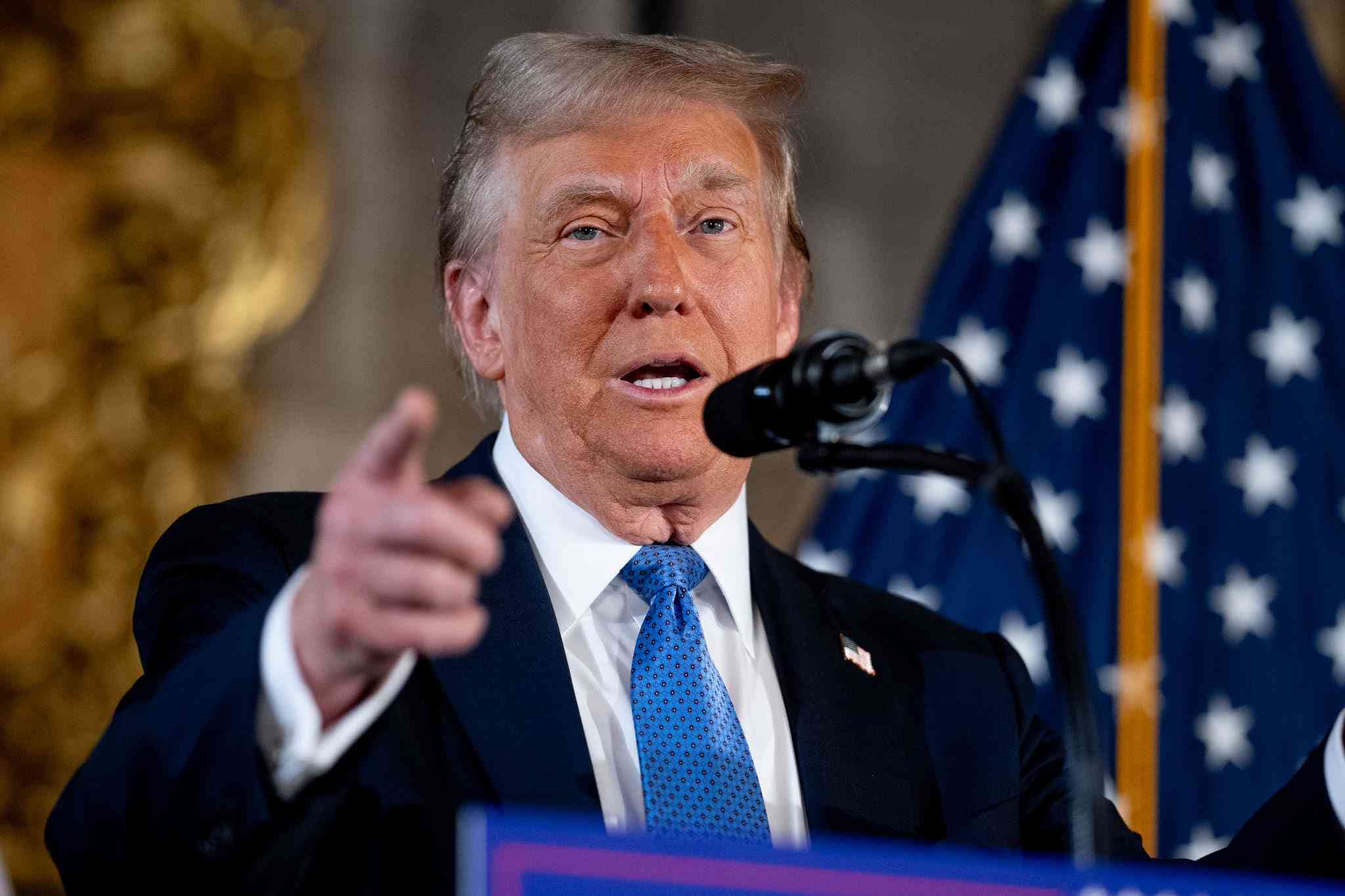
Month-on-month inflation reached its peak in June 2022 at 30,7%.
Since then, it has been gradually declining.
In November 2022, month-on-month inflation was recorded at 1,8% shedding 1,4 percentage points on the October rate of 3,2%.
This generally shows that month-on-month inflation is now under control.
At 1,8%, the month-on-month inflation rate for Zimbabwe is the second lowest since the adoption of the local currency in 2020, only coming out second to a rate of 1,6% recorded in April 2021.
The continuous decline of month-on-moth inflation to a single digit in the past three months entails relative price stability in the economy.
The 2023 national budget set a month-on-month inflation target range of between 1% to 3%, hence there is little room for deviation from the current trend if the target is to be achieved.
Maintaining single digit month-on-month inflation is possible. It is actually the norm for many countries.
- Mthuli Ncube abandons struggling consumers
- Fears of jobs carnage as crisis deepens
- Fresh warning over bank rate hikes
- Police admit that money changers are untouchable
Keep Reading
Authorities need to maintain the current policy mix in 2023, in order to achieve 2023 month-on-month inflation targets.
In addition to current policies authorities should control money supply growth.
The agriculture season has commenced.
In the past agriculture financing has led to unprecedented money supply growth, which in turn result in increased inflation.
Agriculture needs to be financed in a non-inflationary manner, which includes private sector participation with government playing a largely supporting role, rather than unleashing liquidity into the economy.
Elections are expensive and they draw a lot of resources.
Sudden ejection of massive liquidity in the Zimbabwean economy has proven suicidal in the past.
Thus, election expenditure must be carefully calibrated so that it does not cause massive shocks in the economy.
Due to lack of confidence in the local currency, service providers usually change their money into US dollars soon after being paid and if the market get awash with Zimbabwe dollars, the local currency will depreciate on the parallel market.
The gap between blended inflation and Zimbabwe dollar inflation has been shrinking since July 2022 and for the past three months, blended inflation and Zimbabwe dollar inflation have been very close to each other.
US dollar inflation, a component of the blended inflation, was mainly being driven by the widening exchange rate premium, as policy forced business to use an overvalued formal exchange rate.
With the exchange rate premium shrinking, US dollar prices have stabilised in formal shops, while the relative stability on the parallel market has also stabilised Zimbabwe dollar prices.
Zimbabwe’s annual inflation is still very high, but the persistent decline in month-on-month inflation in the last three months has also seen annual inflation responding.
The Zimbabwe annual inflation rate for November 2022 shaded off 13.8 percentage points to reach 255.0% from 268.8% recorded in October 2022.
If the current policy mix is maintained, annual inflation will continue to gradually decline.
The 2023 budget is targeting an annual inflation average of double-digit level.
This can only be attained if money supply growth is kept in check, as it remains the key driver of inflation in Zimbabwe.
Having a high inflation has serious implications in terms of poverty alleviation.
This means that Zimbabwe must put more efforts compared to other countries in the world.
Food inflation, for example, is one of the key indicators of the ability to control poverty.
In October 2022, Zimbabwe’s food inflation was 321%, the highest in the entire world.
The driving force behind the high food prices in Zimbabwe was the depreciating local currency induced by too much injection of liquidity into the economy.
High food prices push the vulnerable communities into extreme poverty.
In Zimbabwe a person needed to spend at least $21 652 in November 2022 for him/her not to be deemed food poor.
The poverty datum line fluctuates in line with inflation, thus, inflation remains a key variable towards food security.
The shrinking exchange rate premium was making it easier for the formal sector to get access to the US dollar, hence sales were now the major source of foreign currency given the limited traffic to the auction.
The widening premium (from November) thus threatens traffic of US dollar to the formal sector.
The use of US dollars is becoming more pronounced in the economy as reflected by the increase in US dollar deposits.
Since January 2022, the share of foreign currency deposits in M3 had been on the rise.
It increased from 42,2% in January 2022 to 62,5% in September 2022.
This clearly indicates that the US dollar is becoming more dominant as each month pass and Zimbabwe is moving closer and closer to full dollarisation.
This will have a positive impact on inflation, but the economy will be the biggest loser due to competitiveness challenges.
Deliberate policies by authorities to reverse this trend are long overdue.
Annual inflation will end the year 2022 at high levels of at least 236%.
With this high momentum into 2023, it will be a difficult task to achieve the inflation targets that have been set in the 2023 national budget, especially in an election year characterized by power challenges.
Controlling money supply growth will be key in achieving this task.










